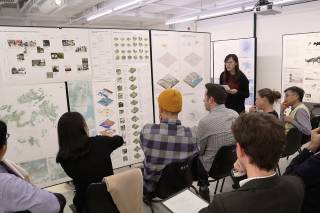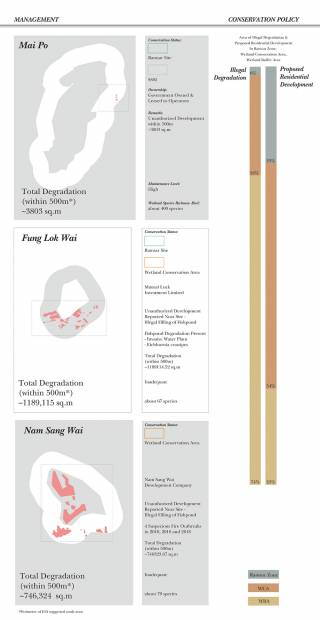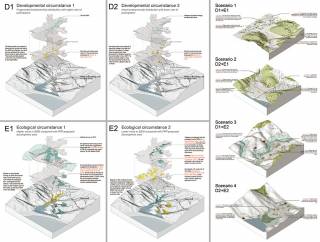Course abstract:
Given Hong Kong's unremitting development pressures, both pro-development and pro-conservation groups are now calling for ways to evaluate sites for development based on environmental metrics and new conservation agreements. However, for the built-environment disciplines in Hong Kong, sustainability discourse is predominantly aligned with economic and urban sustainability, rather than the new forms of conservation that contend to use environmental modelling to justify the conversion of conservation uses. There are compounding reasons for this, including, at the very least, Hong Kong's uniquely dense and contradictory urban and rural landscapes, with characteristics of customary or indigenous rights, largely artificial yet ecologically rich habitats, and hybrid and ad hoc colonial planning legacies that result in unique forms of environmental governance. At the end of 2016, Hong Kong detailed its commitments to the Convention on Biological Diversity through its Biodiversity Strategy and Action Plan, a document that is largely descriptive of ongoing efforts with little effective action. For urban and landscape resilience, we must ensure the critical and innovative deployment of conservation and impact assessment instruments and tools, including the analytical measure of biodiversity, vulnerability, and ecosystem services, while fully aware of the territory's increasing politics of sustainability.
Recent proposals for converting lands of potential conservation value, such as country parks, necessitates the development of planning and design instruments that not only aid assessment but also simultaneously raise awareness of the negotiated ecologies of these landscapes and the ethics of such negotiation. We approach this both from the outside, meaning the application of theory and methods rarely if ever brought to bear on these landscapes, and from within the technologies used to value the environment.























